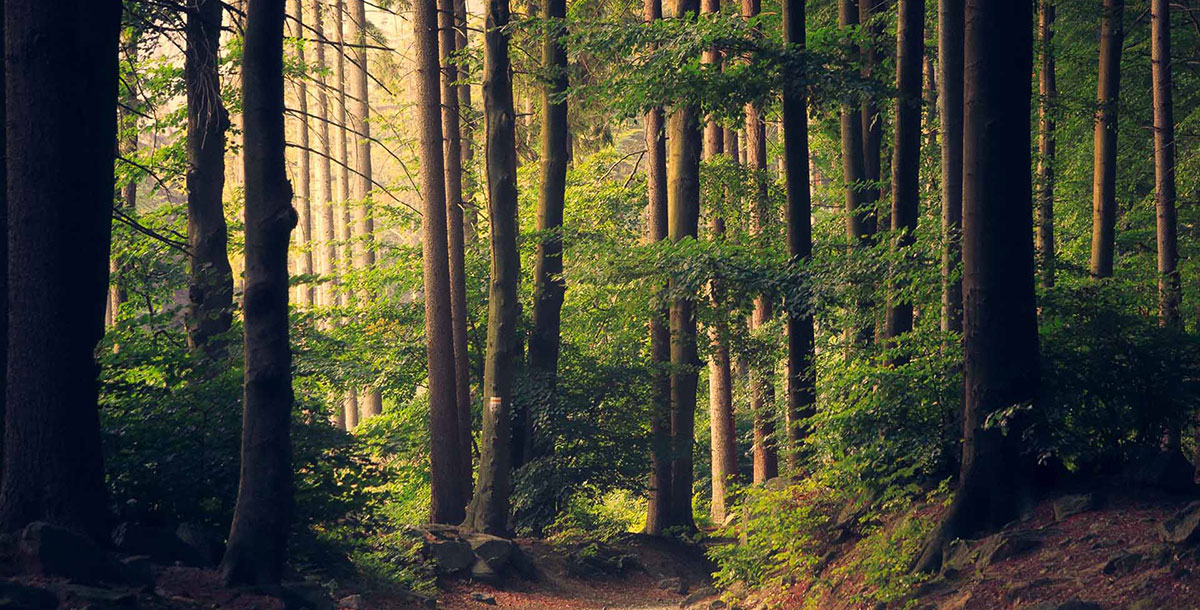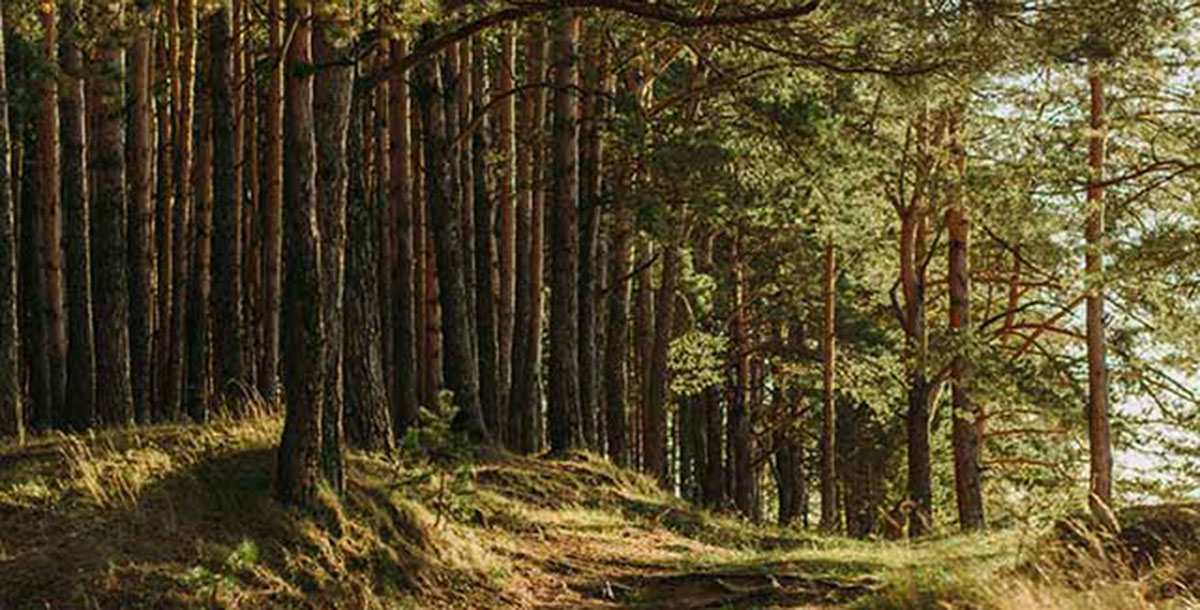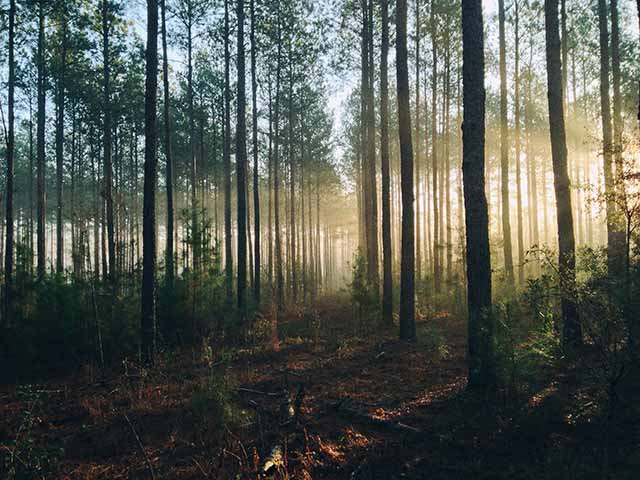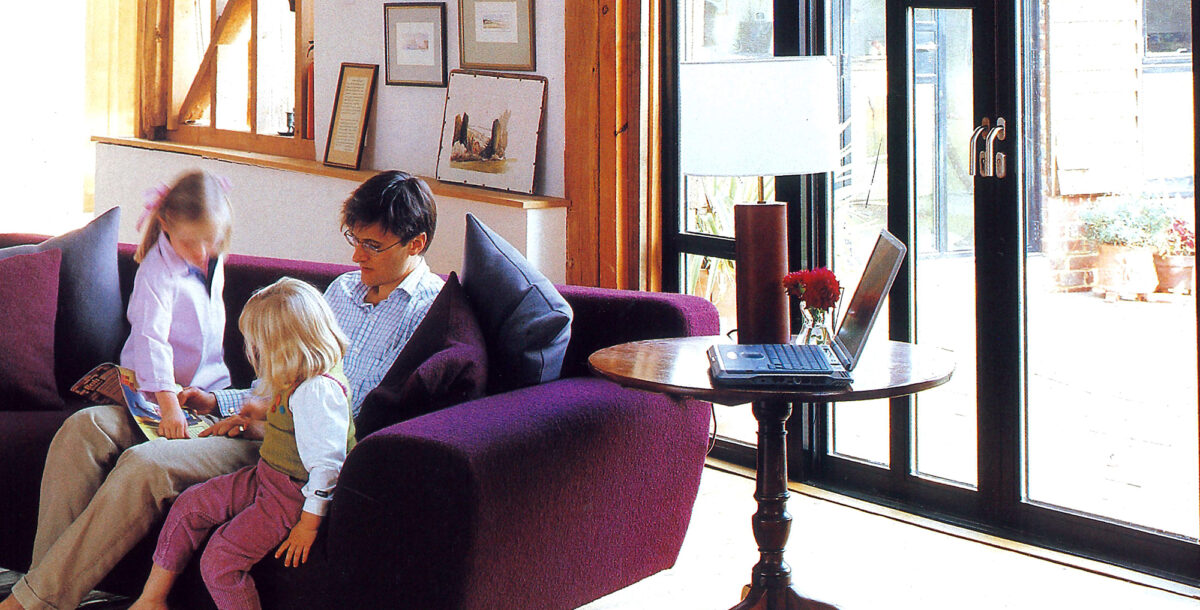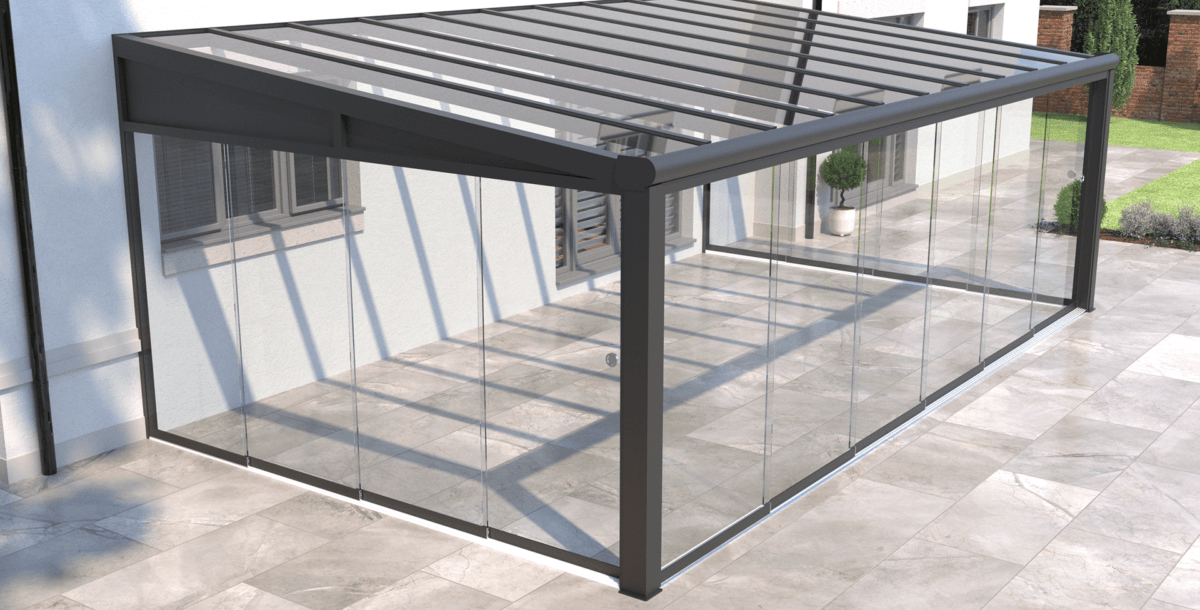Kevin McCloud: the net-zero carbon city
Can you guess the location of this special place?
Kevin McCloud reveals a net-zero carbon place that has already achieved an impressive 100 per cent recycling record.
It’s getting to the point where anything we do to try and mitigate carbon emissions is pointless. We are almost at the tipping point of no return, as Jonathon Porritt explains in his book Hope in Hell. Wholesale runaway planetary warming is inevitable and it is going to become uncomfortable quite a while before 2050. That is a deliberately negative, but quite possible, scenario.
I happen to be a cautious optimist and therefore in the Bill Gates camp of those who believe technology and collective action will get us out of this mess, but who cites two important numbers: 50 and 0:50, as in 50 billion tonnes of carbon emissions that our species spews out every year and net-zero carbon emissions, our 2050 target.
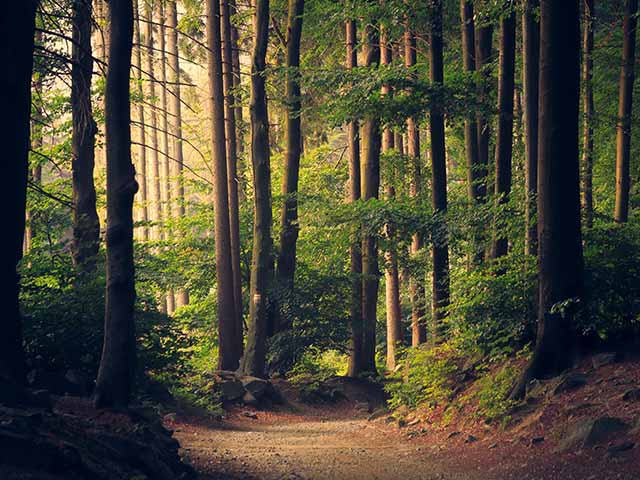
This place has a strictly enforced 100 per cent recycling policy. Image: Lukasz Szmigiel
Net-zero carbon city
So my heart skipped a beat when I recently read of an exemplar city that has already achieved net-zero carbon and has a 100 per cent recycling record. It’s a place with a circular economy and a super-sustainable history that my friend Paul King recently visited. Paul is MD of sustainability at Lendlease, a development company that has set its own ambitious net-zero carbon targets. So, I expect him to seek out urban paradigms of eco-goodness and tell us all about them. You have to guess which country this city is in.
Ancient community
I’ll allow you to read the full citation written by Paul: ‘This is a big, thriving place composed of high-rise towers, single-storey dwellings and everything in between. It is a home and workplace to millions. Yet it has been independently verified as net-zero carbon, water and waste through rigorous lifecycle assessment. All carbon emissions are systematically captured and stored. They become local fuel production and the manufacture of new building materials.
‘Water use is carefully managed. But not at the expense of extensive green space at all levels. And this place also has a strictly enforced 100 per cent recycling policy, so absolutely nothing goes to waste. Everything undergoes reprocessing and reuse in the best example yet of a truly circular economy. Clever aesthetic design is one of the keys to success. More than 50 per cent of this city’s infrastructure is in plant spaces underground.’

